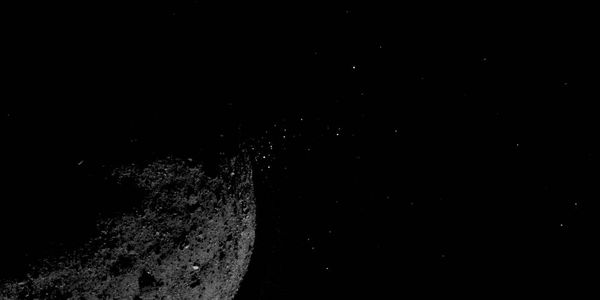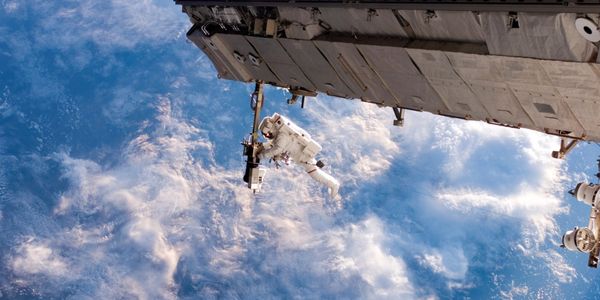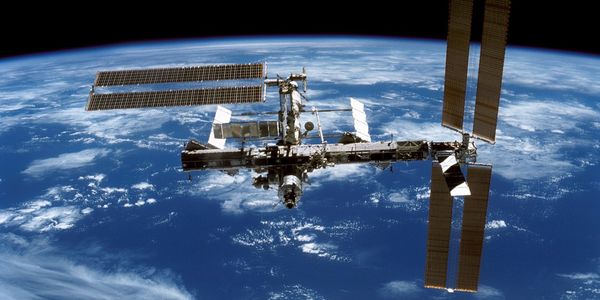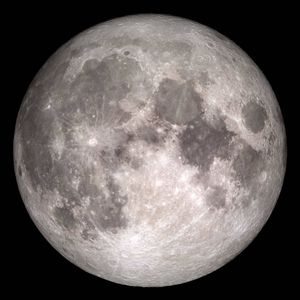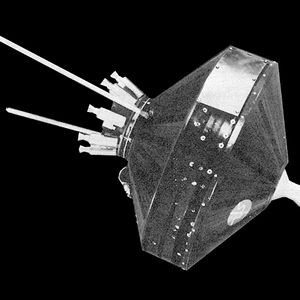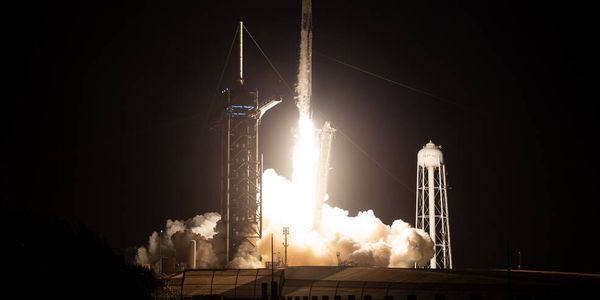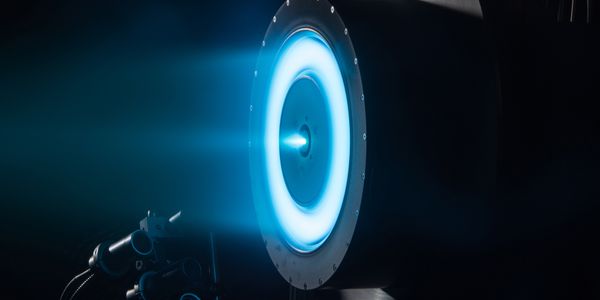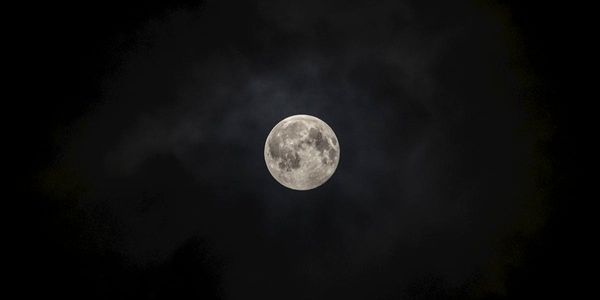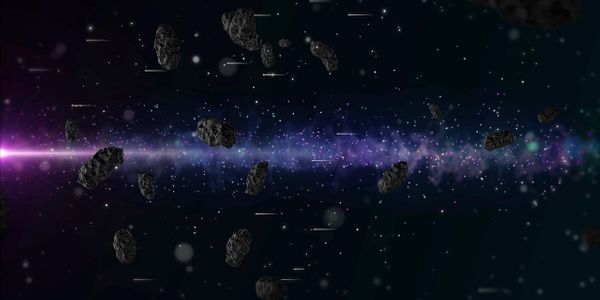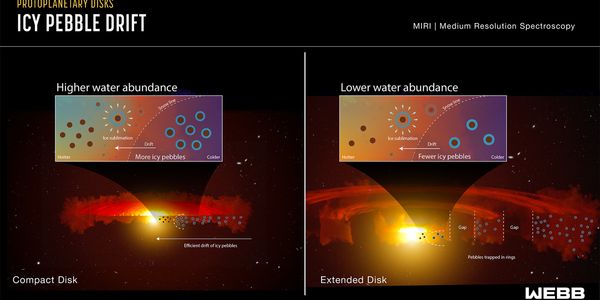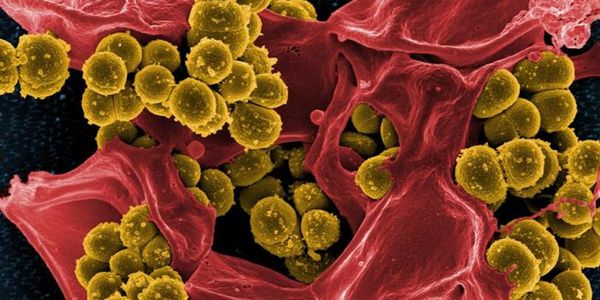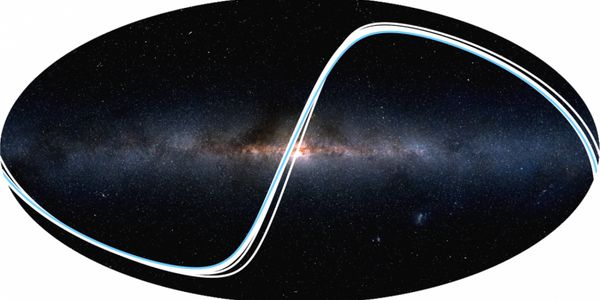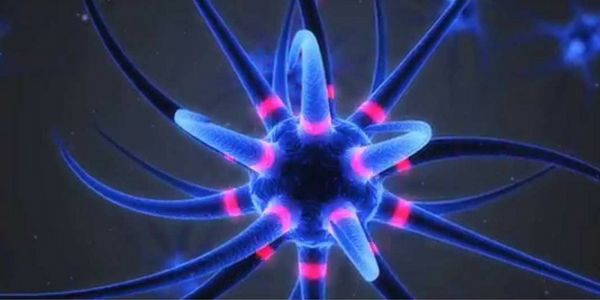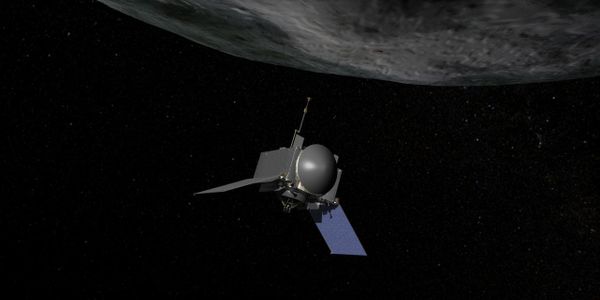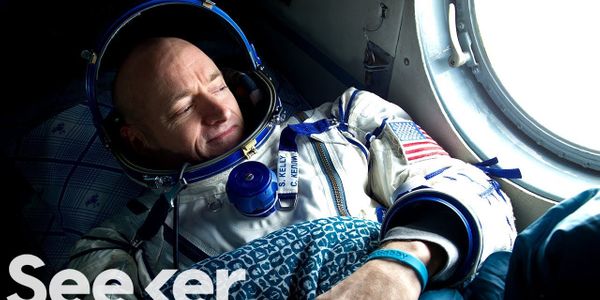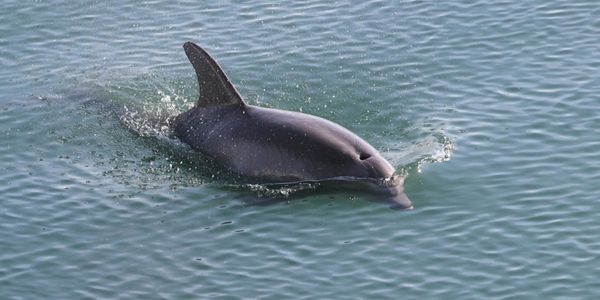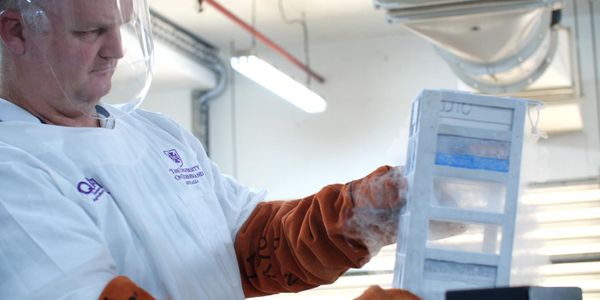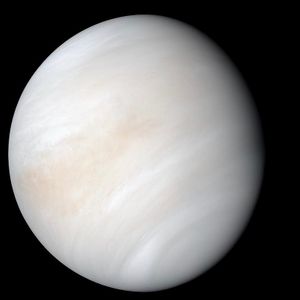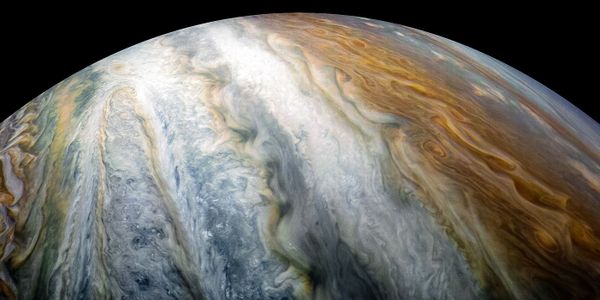Showing 6253 Results
SEARCH
Webinars
(17)
Virtual Events
(15)
Trending News
(768)
Content Tags
(3)
Users
(5423)
Scientific Products
(27)
-
MAR 20, 2019Space & AstronomyAfter launching the Origins, Spectral Interpretation, Resource Identification, Security-Regolith Explorer (OSIRIS-REx) mission in September 2016, NASA set
-
MAR 20, 2019Cannabis SciencesThe old stereotype of the "dumb pothead" (think "Dude, Where's My Car?") may have just been debunked by the latest scientific findi
-
SEP 24, 2022Space & AstronomyDaliah Raquel Bibas is a second-year Geology & Planetary Sciences Master’s Degree Candidate at Western University in London, Ontario, Canada.
-
JUN 29, 2022MicrobiologyBy analyzing over 1,000 samples of the marine environment, researchers have reconstructed the genomes of 25,000 novel microorganisms. This data has reveale
-
MAR 17, 2019MicrobiologyFor nearly twenty years, people have been living on the International Space Station for various periods of time; some have lived onboard for hundreds of da
-
MAR 19, 2019MicrobiologyWhile every effort is made to ensure that the stuff we send into space is free of Earthly contamination, microorganisms have been detected on the Internati
-
NASA and the U.S. Department of Energy (DOE) are undertaking a collaborative project called the Lunar Surface Electromagnetics Experiment-Night (LuSEE-
This series will explore historic space missions from the start of the Space Age to the present day, including both crewed and robotic missions. Here we wi
Going to space is a dream for many. Astronauts are viewed almost as superheroes, but the dangers of space travel cannot be underestimated. On long trips, s
